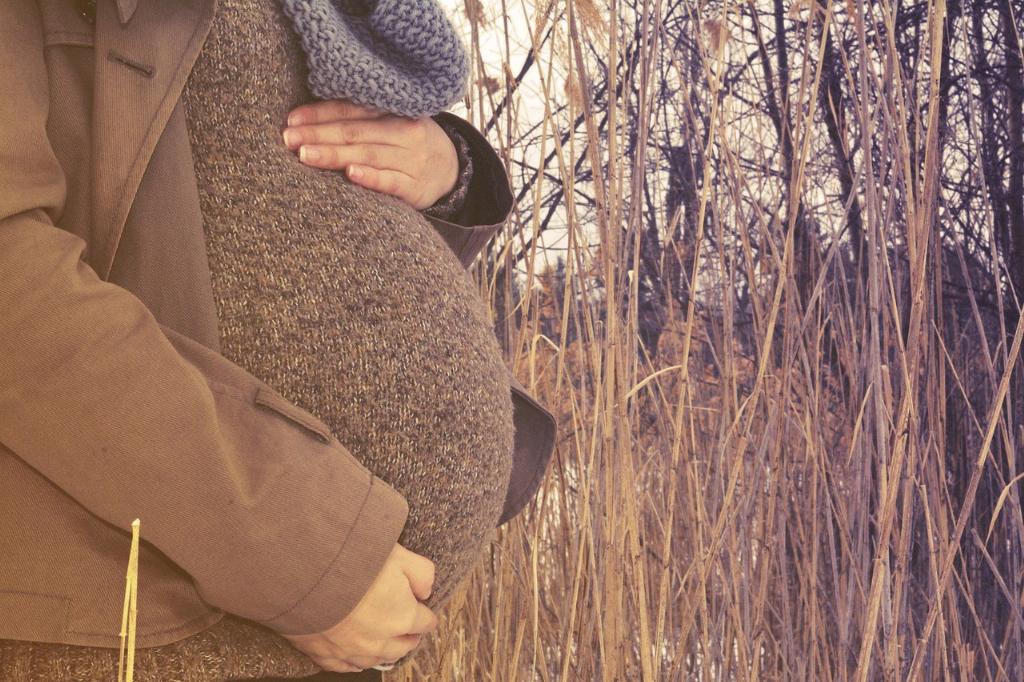During pregnancy, various changes occur in a woman’s body, and one noticeable change is the increase in breast size. It is a common occurrence for most women as their bodies prepare for breastfeeding. Understanding how much breasts grow during pregnancy can help in adjusting to the changes and choosing the right clothing.
Initial Breast Growth
In the early stages of pregnancy, typically within the first trimester, women may observe an increase of up to half a cup size and one width size in their breasts. This growth is a result of hormonal changes and increased blood flow to the breasts as they prepare for milk production.
Mid-Pregnancy Changes
As pregnancy progresses, usually into the second trimester, breasts may continue to grow. Women may find that their tops and bras feel tighter and more constricting. This growth phase can lead to an increase of up to one cup size, causing further changes in clothing fit.
End-of-Pregnancy Expansion
By the end of pregnancy, women may experience a final surge in breast size. This additional growth can result in another increase of up to one cup size. The breasts are getting ready for the demands of breastfeeding, and this growth aids in milk production when the baby arrives.
Factors Affecting Breast Growth
Several factors can influence the extent of breast growth during pregnancy, including genetics, weight gain, and hormonal fluctuations. Each woman’s experience with breast size increase can vary, and some may notice more significant changes than others.
Comfort and Support
With the increase in breast size during pregnancy, it becomes essential to prioritize comfort and support. Wearing well-fitting maternity bras can help alleviate any discomfort and provide the necessary support for the growing breasts.
Preparing for Breastfeeding
The increase in breast size during pregnancy is a natural process that prepares the body for breastfeeding. As the breasts grow, the milk ducts and glands also develop in readiness for milk production once the baby is born.
Postpartum Changes
After childbirth, the breasts may continue to undergo changes as they adjust to breastfeeding and the demands of infant feeding. Some women may observe fluctuations in breast size during this period as they establish a feeding routine.
Embracing Body Changes
Experiencing changes in breast size during pregnancy is a normal part of the journey to motherhood. Embracing these transformations and understanding the reasons behind them can help women feel more confident and at ease with their changing bodies.
Seeking Professional Advice
If women have concerns about the extent of breast growth during pregnancy or experience significant discomfort, consulting with a healthcare provider or a lactation consultant can provide reassurance and guidance on managing any issues related to breast changes.
Self-Care and Well-Being
Engaging in self-care practices, such as gentle exercises, staying hydrated, and maintaining a healthy diet, can support overall well-being during pregnancy. Taking care of oneself can positively impact the body’s ability to adapt to the physical changes, including breast growth.
Final Thoughts
Overall, the increase in breast size during pregnancy is a natural and expected occurrence as the body prepares for breastfeeding. By understanding these changes and taking steps to prioritize comfort and support, women can navigate this period with confidence and embrace the beauty of motherhood.

